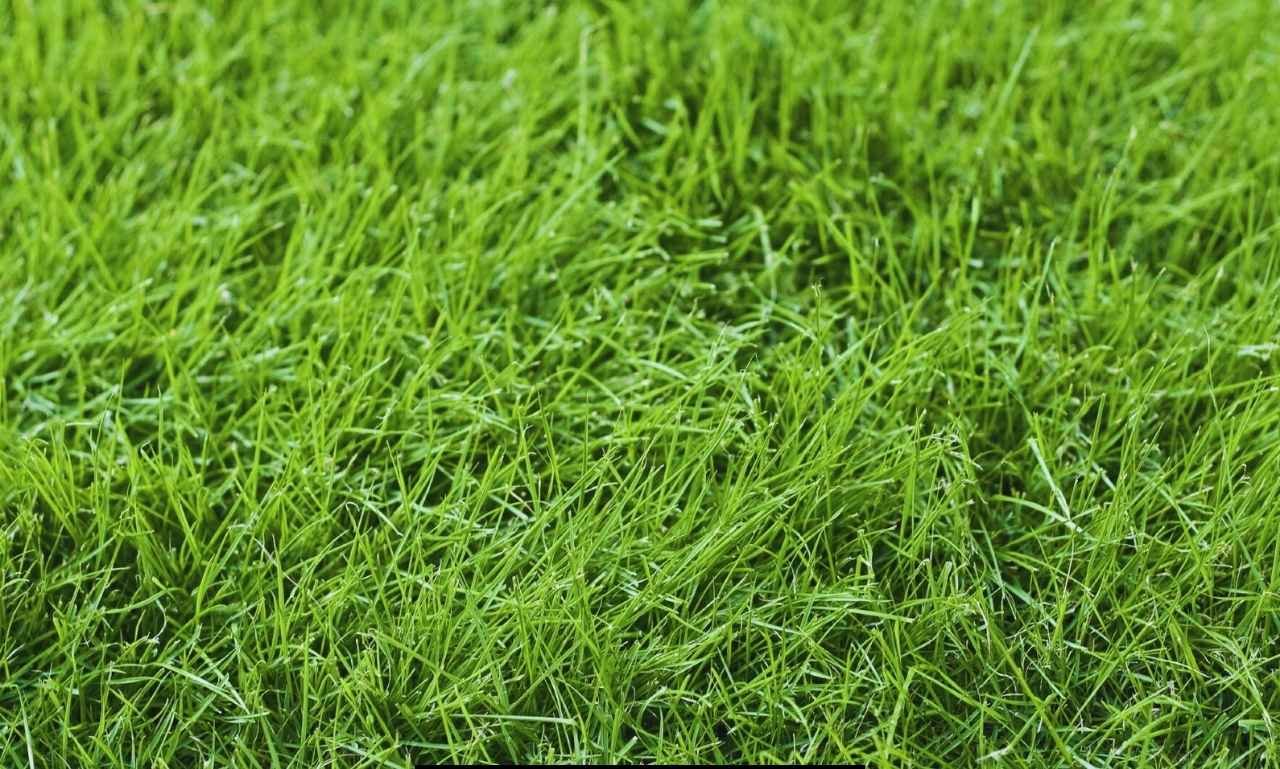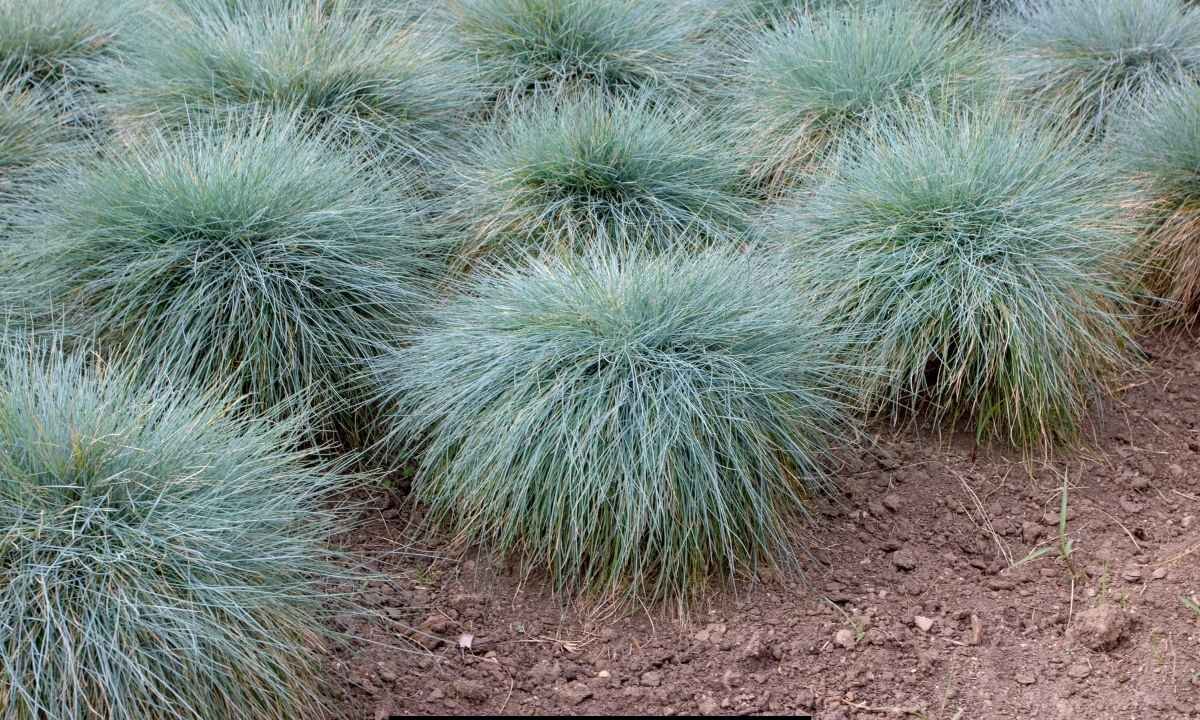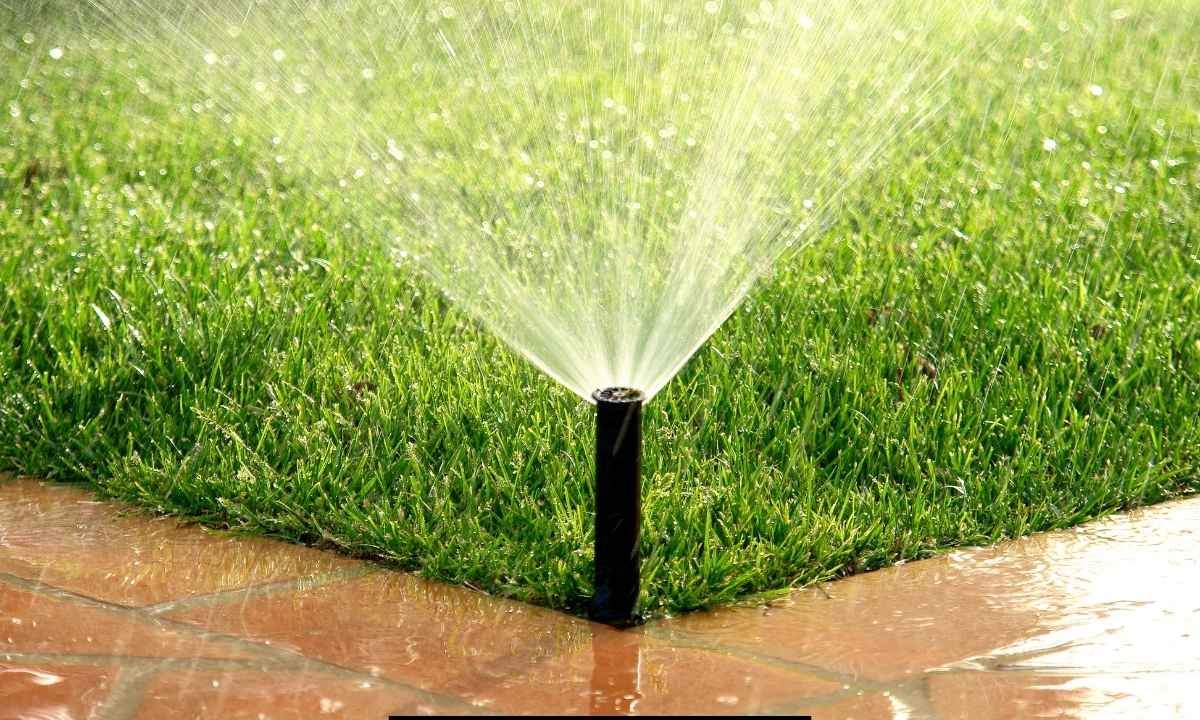Fine fescues could be the perfect choice if you’re looking to create a beautiful, low-maintenance lawn or landscaping project. These cool-season grasses are well-regarded for their fine texture, drought resistance, and ability to thrive in various conditions. In this guide, we’ll dive deep into what fine fescues are, the different types, their benefits, how to grow and maintain them, and how they compare to other grasses.
What Are Fine Fescues?
Fine fescues are a group of grasses characterized by their thin, needle-like blades. They belong to the Poaceae family, which includes other common lawn grasses like ryegrass and Kentucky bluegrass. What sets fine fescues apart is their ability to thrive in cool climates and their fine, delicate texture.
Fine fescues are popular with homeowners and landscapers due to their low-maintenance nature and aesthetic appeal. Although each type has unique traits, they all share certain characteristics, such as fine blades and drought tolerance.
These grasses are known as cool-season grasses, which means they grow best during the cooler months. This makes them ideal for regions with mild summers and cold winters.
Types of Fine Fescues
There are five main types of fine fescues, each with advantages depending on your needs. Let’s take a closer look at them:
1.Creeping Red Fescue
- This is one of the most popular types of fine fescue, commonly used for lawns, sports fields, and golf courses. Creeping red fescue is known for its spreading growth habit, which helps it fill in gaps in the lawn.
2.Chewings Fescue
- Chewings fescue thrives in shaded areas and is ideal for lawns that don’t receive a lot of sunlight. It has excellent drought resistance and is commonly used in residential landscaping.
3.Hard Fescue
- Hard fescue is recognized for its exceptional drought tolerance and ability to survive in low-maintenance environments. This variety is often used in xeriscaping and lawns that need minimal watering.
4.Sheep Fescue
- Sheep fescue is commonly used for erosion control due to its deep roots. It’s a hardy grass that grows well in poor soil conditions and is used in low-maintenance landscaping.
5.Slender Creeping Red Fescue
- This type of fine fescue thrives in cooler climates with acidic soils. It’s often used for naturalized lawns and in areas where a low-maintenance, eco-friendly solution is needed.
Characteristics of Fine Fescues
Fine fescues stand out due to their delicate texture and adaptability to different climates and environments. Here’s what makes them unique:
- Texture: As the name suggests, fine fescues have fine, needle-like blades that give them a soft, delicate feel. This makes them ideal for creating smooth, plush lawns that are comfortable to walk on.
- Color: These grasses typically feature a green to bluish-green hue, which provides a lush and attractive appearance to your landscape. The color helps create a natural, vibrant aesthetic in gardens, lawns, and golf courses.
- Growth Habit: Some fine fescues, like creeping red fescue, spread by sending out runners, while others, like sheep fescue, grow in clumps. This variety allows landscapers to choose the right type for different needs.
- Shade Tolerance: One of the most appealing features of fine fescues is their ability to thrive in shaded areas. Most fine fescues tolerate low-light conditions, making them ideal for lawns under trees or in areas with limited sunlight.
Benefits of Fine Fescues
Fine fescues offer a variety of benefits, making them a preferred choice for homeowners and landscapers. Let’s explore why you should consider fine fescues for your lawn or garden:
- Drought Tolerance: Fine fescues are known for their superior drought resistance. Their deep roots allow them to access water deep in the soil, helping them survive during dry spells. This makes them an excellent choice for regions that experience water restrictions or for those who want a more water-efficient lawn.
- Low Maintenance: Fine fescues require significantly less maintenance compared to other grasses. They need less frequent mowing, minimal fertilization, and less water. This makes them perfect for people looking to reduce the time and effort spent on lawn care.
- Pest Resistance: Fine fescues are naturally resistant to many common lawn pests and diseases, reducing the need for chemical treatments. This makes them an eco-friendly choice, as they can contribute to a healthier environment.
- Long-Lasting: With their resilience to foot traffic, drought, and pests, fine fescues can last for many years, even with minimal upkeep.
Uses of Fine Fescues
Fine fescues are versatile and can be used in a variety of settings. Here are some common uses:
- Lawns and Landscapes: Fine fescues are commonly used in residential lawns, especially those located in shaded areas. Their delicate texture and low-maintenance nature make them ideal for homeowners looking for a hassle-free yet attractive lawn.
- Erosion Control: Fine fescues are excellent for erosion control due to their spreading growth habits and deep root systems. They can be planted on slopes and other areas prone to erosion to help stabilize the soil.
- Golf Course Greens and Fairways: Fine fescues are often chosen for golf course greens and fairways. Their delicate texture provides a smooth, durable surface that can withstand heavy foot traffic.
Growing and Maintaining Fine Fescues
Fine fescues are relatively easy to grow and maintain, making them an excellent choice for DIY landscapers. Here’s how to ensure your fine fescues grow strong and healthy:
- Soil Type: Fine fescues prefer well-drained, slightly acidic soil. Testing your soil’s pH before planting is vital to ensure it’s in the ideal range for fine fescues.
- Planting: The best time to plant fine fescue seeds is in early spring or early fall. These cool-season grasses germinate quickly in cooler temperatures and require little water to establish.
- Maintenance Tips: To keep your fine fescues healthy, follow these simple steps:
- Watering: Water deeply but infrequently to encourage profound root growth.
- Mowing: Fine fescues grow slowly and don’t require frequent mowing. Aim to mow only when the grass reaches 3 inches in height.
- Fertilizing: Fine fescues don’t need much fertilization. A light application of a balanced fertilizer in the spring will be enough.
Comparisons to Other Grasses
It’s helpful to compare fine fescues to other common grasses to understand when to choose them for your landscape:
- Fine Fescue vs. Kentucky Bluegrass: Fine fescue has a finer texture and is more drought-resistant than Kentucky bluegrass. While Kentucky bluegrass thrives in more temperate climates, fine fescue is better suited for areas with cooler temperatures and shaded spots.
- Fine Fescue vs. Tall Fescue: Tall fescue is a coarser grass that’s more heat tolerant than fine fescue. While tall fescue is better suited for warmer climates, fine fescue excels in cooler regions with less direct sunlight.
Environmental Impact
Fine fescues are also an eco-friendly choice for your lawn or landscaping project:
- Sustainability: Fine fescues help reduce the need for water and fertilizers, making them a sustainable choice for environmentally-conscious homeowners.
- Climate Adaptability: Fine fescues are particularly well-suited for cooler climates. They can thrive in regions with harsh winters and mild summers, making them a versatile choice for various environments.
Challenges of Fine Fescues
While fine fescues offer many benefits, there are some challenges to consider:
- Cold Weather Tolerance: Although fine fescues are cold-hardy, they may struggle in harsh winters or areas with freezing temperatures for extended periods.
- Vulnerability to Competition: Fine fescues may face competition from other grass species or weeds, especially in areas where the soil is not prepared correctly or maintained.
Conclusion
Fine fescues offer numerous benefits for those seeking a low-maintenance, drought-resistant, and aesthetically pleasing lawn or landscaping solution. Whether you’re dealing with shaded areas, drought conditions, or poor soil quality, fine fescues provide an excellent choice for creating lush, resilient grass coverage. You can enjoy a beautiful and sustainable lawn year-round by understanding the different types of fine fescues and how to care for them.
Ready to transform your lawn with fine fescues? Please start by selecting the right variety for your needs, preparing the soil, and maintaining it with simple care tips. Fine fescues can bring lasting beauty to your landscape with minimal effort. Check out our other guides for more tips on growing and maintaining healthy lawns.






One thought on “What Are Fine Fescues? – Know About Fine Fescue Grasses”